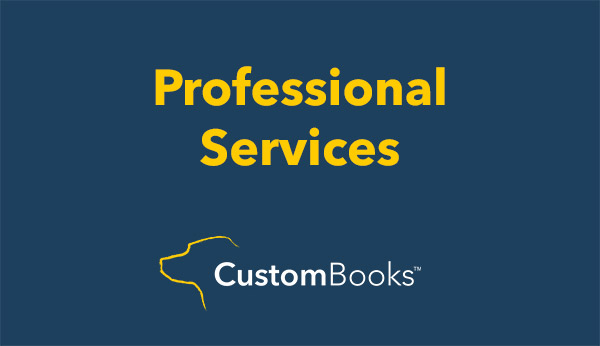Most SMBs Are Making This Costly Mistake
When tariffs or cost increases hit, many small business owners open their books, panic, and do one thing: They make a manual inventory adjustment.
Seems harmless, right? Just bump up your inventory value, adjust for the higher cost, and move on?
Wrong.
"They're doing inventory adjustments that don't really hit the unit cost—they're just dumping numbers into the books. It hides the real COGS."
— Kurt Kunselman, Co-Founder, CustomBooks™
This mistake isn’t just about messy bookkeeping. It directly sabotages your ability to price products, calculate margin, and plan with confidence.
Why Inventory Adjustments Alone Don’t Cut It
Here’s what’s actually happening when you make a generic adjustment:
- ❌ You increase total inventory value...
- ❌ But you don't assign the cost to individual units or SKUs...
- ❌ So when you sell a product, your system shows an outdated, incorrect cost...
- ❌ Which means your reported gross margin is wrong.
And if your margin is wrong, so is your:
- 📉 Pricing strategy
- 📉 Discount strategy
- 📉 Ability to scale without burning profit
The Real Risk: Margin Blindness
If you sell a product for $150 thinking it cost you $100…
But your real cost after freight, duty, and tariff is $115…
You think you’re making $50. You’re actually making $35.
And if that happens across hundreds of SKUs and thousands of orders?
- 📉 That’s margin bleed
- 📉 That’s forecasting failure
- 📉 That’s a business running blind
The Fix: Update Unit-Level COGS, Not Just Financial Statements
Inventory adjustments have a place—but not when it comes to understanding profitability at the item level.
"You typically want to know what your margin is on the sale—not just at the financial statement level."
— Kurt Kunselman
That means using an inventory and accounting system that:
- ✅ Assigns landed cost to each SKU
- ✅ Tracks cost layering (FIFO, average cost, etc.)
- ✅ Real-time updates to your COGS when inventory flows in or out
- ✅ Gives you margin visibility by product, by customer, and by location
What It Looks Like in Real Life
The Wrong Way:
A business receives a container of products post-tariff. They bulk-add $10,000 to inventory value through a journal entry. But they never update product costs.
- → Products still show $100 as unit cost
- → Real cost is now $110
- → Margin is overstated
- → Decisions based on bad data
The Right Way:
With CustomBooks™, that container’s costs are allocated at the unit level. Every item now reflects a true landed cost of $110.
- → COGS is real
- → Margin is accurate
- → Future pricing decisions are strategic, not reactive
Strategic Takeaway
Generic inventory adjustments might “balance the books”…
…but they leave your pricing, planning, and margins full of holes.
If you're not assigning cost at the SKU level, you’re not really managing inventory. You're managing illusions.
With CustomBooks™, you can:
- 📦 Assign true landed cost by unit
- 📈 Forecast profit based on real COGS
- 💡 Make pricing decisions with confidence
- 🔒 Protect your margins with every sale
📉 Ready to Stop Guessing Your Margins?
See how CustomBooks™ helps you eliminate COGS confusion and protect your profit—unit by unit.
📞 Book a Demo with an Inventory Expert 📘 Download the No-Stress SMB Playbook 📊 See All Features 💼 View Pricing Plans
























